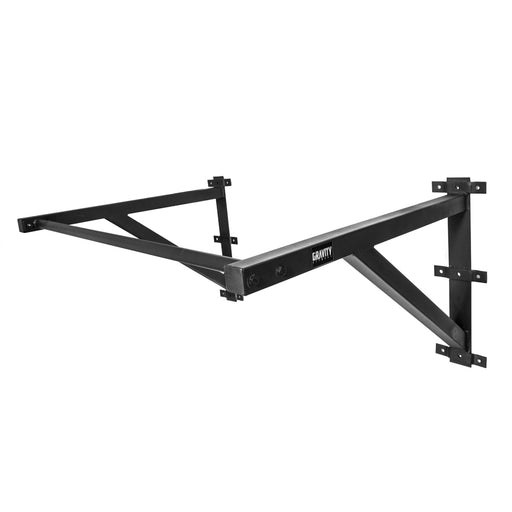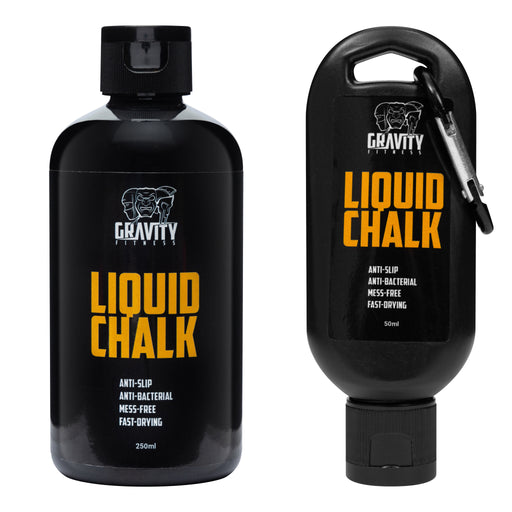
What's the difference between gymnastics and calisthenics?
Have you been inspired by the gymnastics at the Paris Olympics? Those elite-level displays of strength and control are similar to calisthenics. But what are the differences between calisthenics and competitive gymnastics – and can you do both?
Calisthenics is a style of training that focuses on fundamental bodyweight movements using just your body, or simple equipment like pull-up bar, gymnastics rings, and Parallettes. Calisthenics builds functional strength, body control, and muscular endurance.
Gymnastics is a structured sport that involves routines on various apparatuses, including the floor, rings, bars, and beam. Gymnastics requires strength, flexibility, balance, and coordination.
What are the gymnastics events and skills at the Olympics?
At the Olympic Games, gymnastics is divided into artistic, rhythmic, and trampoline gymnastics. Artistic gymnastics is the closest to calisthenics, and showcases upper body strength and control, explosive power, core strength, and incredible balance and timing. In artistic gymnastics, women compete in vault, uneven bars, and balance beam. Men compete in pommel horse, rings, vault, parallel bars, and horizontal bars.
Is gymnastics just calisthenics?
There are loads of similarities between calisthenics and competitive gymnastics, especially at the foundational level of the movements. Gymnastics incorporates calisthenics bodyweight exercises and transitions, but it also requires choreographed routines done on specialised equipment. Some of that equipment is found in calisthenics training (gymnastics rings and low parallettes) but you don’t find calisthenics athletes training on uneven bars or a pommel horse.
Fundamentally, all gymnastics movements are based on calisthenics skills of controlling your own bodyweight either in stillness or whilst moving.
What came first: gymnastics or calisthenics?
Gymnastics and calisthenics can both be traced back to ancient Greece where calisthenics movements, wrestling, and jumping were part of athletic competitions and military training. The word calisthenics comes from the Greek "kallos" (beauty) and "sthenos" (strength).
Gymnastics as a sport started in the 19th century. Friedrich Ludwig Jahn - the "father of gymnastics” - founded the Turnverein movement in the early 1800s and designed various apparatus still used in modern gymnastics.
By the late 19th century, gymnastics was incorporated into school curriculums and military training around the world. The International Gymnastics Federation (FIG) was founded in 1881, and gymnastics made its Olympic debut in the first modern Olympic Games in 1896 in Athens. Women events were introduced in the 1928 Olympics in 1928.
Did competitive gymnastics develop out of calisthenics?
Competitive gymnastics evolved from a few different physical exercises, including calisthenics. Calisthenics and gymnastics share fundamental movements and roots in physical culture, but gymnastics has developed its own identity as an Olympic sport, and calisthenics has evolved into more of an urban or street sport.
Who is stronger: gymnastics or calisthenics athletes?
Both gymnastics and calisthenics athletes have a lot of strength and body control, but there are differences.
Gymnasts:
- Greater overall body control
- More flexibility
- Precision in routines
Calisthenics athletes:
- More raw functional strength
- Higher muscular endurance
- Ability to perform impressive feats like human flags
Can calisthenics athletes be good at gymnastics?
Inspired to try your hand at some of the gymnastics skills on show at the Paris Olympics? As a calisthenics athletes, you’ve got a solid foundation in bodyweight control, strength, and endurance. But you’ll need to develop technical proficiency on various apparatuses.
How to progress from calisthenics to gymnastics
- Increase your flexibility - do specific stretching routines to improve your flexibility, especially in the shoulders, hips, and legs
- Learn basic gymnastics skills – focus on fundamental skills like handstands and arm balances, gymnastics rings work, and planches as a foundation for more complex moves
- Find a gymnastics gym - work with a coach or try gymnastics classes for specialist guidance and skill-building
- Train on apparatus - get familiar with gymnastics equipment such as rings, bars, and beams with the help of a coach
Gymnastics and calisthenics come from the same root but are different branches of the tree. Both need strength and body control, but gymnastics takes calisthenics further – into specific movements on specialised equipment.
Start your gymnastics journey with Gravity Fitness wooden gymnastics rings and long hybrid parallettes which are inspired by artistic gymnastics training.











































